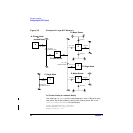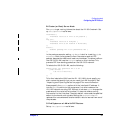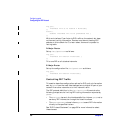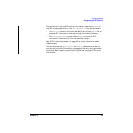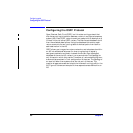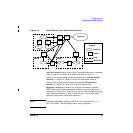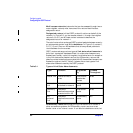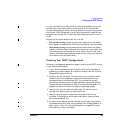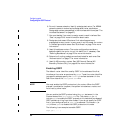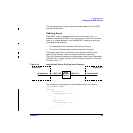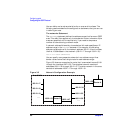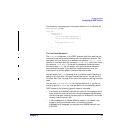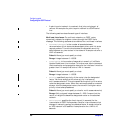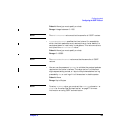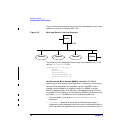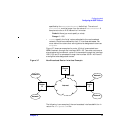
Configuring gated
Configuring the OSPF Protocol
Chapter 364
6. For multi-access networks, identify a designated router. For NBMA
networks, several routers can be designated router candidates.
Designated routers are specified in the interface definitions (see “The
interface Statement” on page 67).
7. You must decide if you want to assign a cost to each interface. See
“Cost” on page 79 for more information about costs.
8. Designate stub areas. AS external link advertisements are
propagated to every router in every area in an AS, except for routers
in the configured stub areas. See “Stub Areas” on page 74 for more
information
9. Identify backbone routers. The router configuration contains a
backbone definition and a virtual link definition, if necessary. See
“Defining Backbones” on page 76 for more information
10. Determine if routing packets are authenticated for each area. See
“Authentication” on page 77 for more information
11. Identify AS boundary routers. See “AS External Routes (AS
Boundary Routers Only)” on page 80 for more information.
Enabling OSPF
The default router identifier used by OSPF is the address of the first
interface on the router encountered by gated. To set the router identifier
to a specific address, specify the routerid interface statement in the
Definition class of the /etc/gated.conf file.
NOTE You must enable the OSPF protocol only for routers. When the OSPF
protocol is enabled for a system, the system is treated as a router, and
not a host, by other hosts.
You can enable the OSPF protocol using the ospf statement in the
Protocol class of the /etc/gated.conf file. The clause yes (or on)
informs gated to enable the OSPF protocol at this node and to process all
OSPF packets arriving from other nodes. If you do not specify an OSPF
line in your configuration file, ospf no is assumed. The clause no (or
off) informs gated to disable the OSPF protocol on this node.
The following is an example to enable OSPF:
ospf yes { ... }



